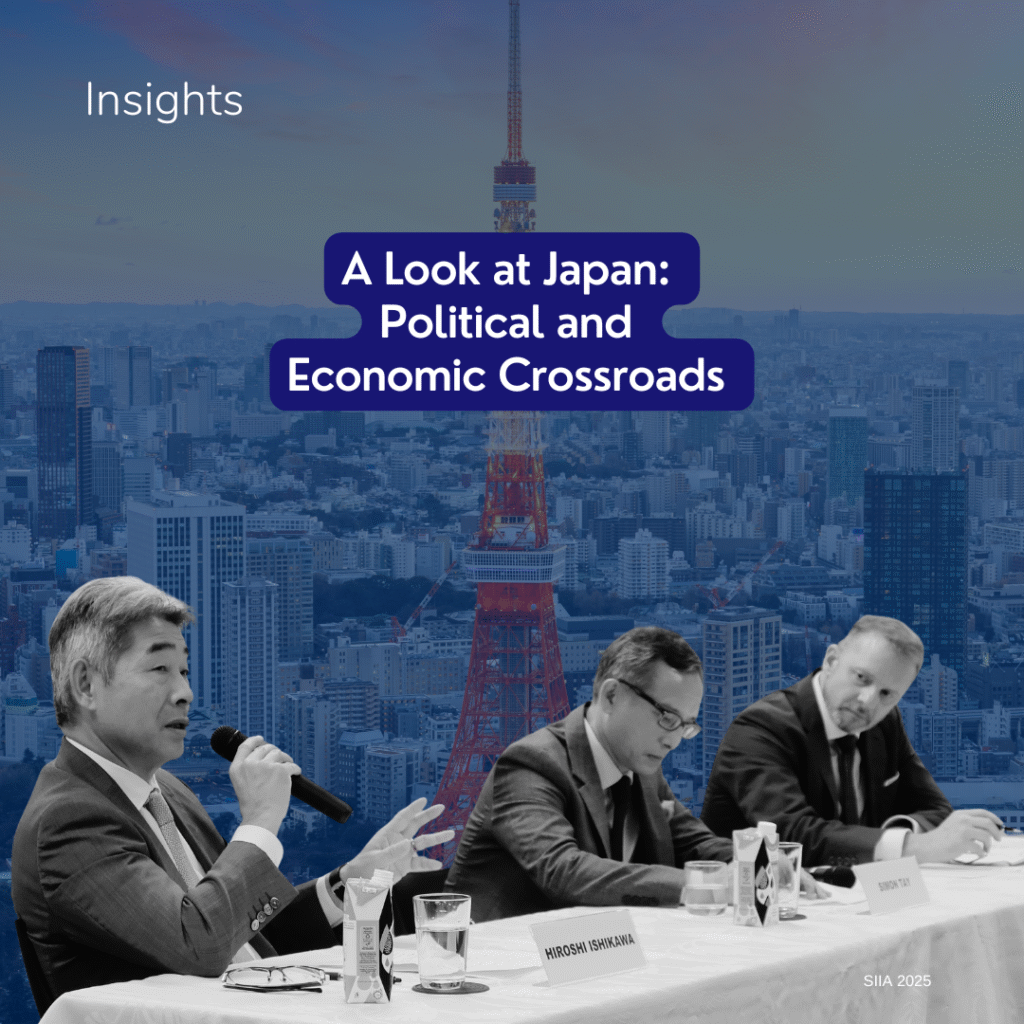Japan’s new Basic Energy Plan sends a clear signal that the country will not abandon nuclear power, spelling bad news for environmentalists and people concerned about nuclear safety. Opinion polls suggest the majority of Japanese citizens are still uncertain about nuclear power.
But since taking office in 2012, Prime Minister Shinzo Abe has taken a pragmatic stance on energy and economic policy. He has pushed for the reactors to be restarted to help sustain the country’s gradual recovery – letting the nuclear plants sit idle costs Tokyo billions of US dollars every year.
The first energy plan since Fukushima
Japan revises its Basic Energy Plans every three years. But the last plan was created before the Fukushima nuclear disaster in 2011, which is why this year’s plan was so widely anticipated. The 2014 Basic Energy Plan is a 78-page document, based on recommendations by a 15-member task force of experts. It was adopted by the Japanese Cabinet last week.
Impact on Abenomics
Before the Fukushima disaster, about 30 per cent of Japan’s electricity came from nuclear power, over 60 per cent from fossil fuels, and less than 10 per cent from renewables. But since most of Japan’s nuclear reactors are still offline, almost all of the country’s electricity is being generated by fossil fuels at present. The increased demand for coal and gas is costing Japan an estimated US$35.3 billion (S$44.3b) in additional fuel costs every year. Restarting the nuclear plants would relieve this burden.
Back to the status quo?
The new Basic Energy Plan calls for Japan to accelerate its use of solar, wind, hydro and geothermal power. But the plan does not set any concrete targets for making renewables a greater part of Japan’s energy mix. Last week, Japan’s Economy and Trade Minister Toshimitsu Motegi promised that these targets would be set “as soon as possible”.
If Japan does unveil actual goals for renewable energy, this will change the situation. But until then, most analysts assume that the new plan is effectively a return to the pre-Fukushima status quo, with most of Japan’s electricity still coming from fossil fuels and nuclear plants.
Sources:
Post-Fukushima Japan Chooses Coal Over Renewable Energy [Bloomberg, 13 Apr 2014]
Government takes realistic stance on N-power in basic energy plan [Yomiuri Shimbun, 12 Apr 2014]




